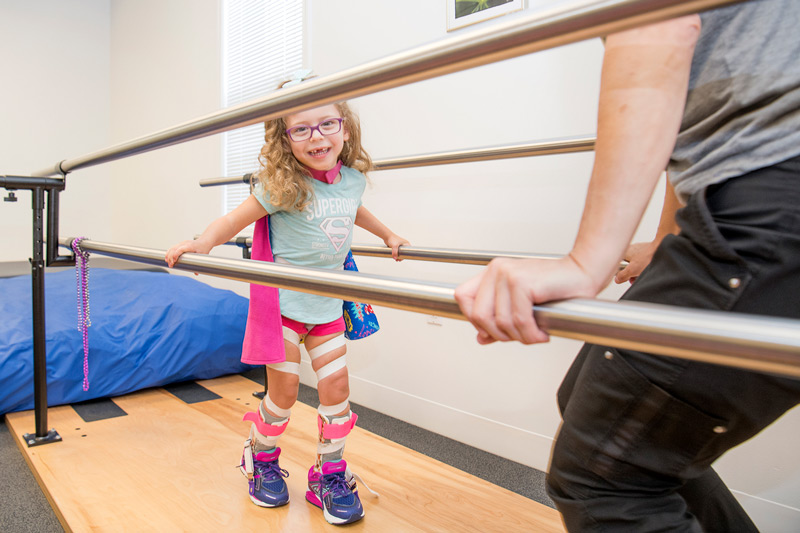An occupational therapist will help you identify goals and overcome physical, mental and social challenges. They’ll work with you to help you do the activities in your daily routine and give you the resources you need to feel safe and supported.
Advertisement
Cleveland Clinic is a non-profit academic medical center. Advertising on our site helps support our mission. We do not endorse non-Cleveland Clinic products or services. Policy

An occupational therapist is a healthcare provider who helps you improve your ability to perform daily tasks. They perform occupational therapy treatment that helps you learn how to move through your environment or use different tools to participate in your activities safely.
Advertisement
Cleveland Clinic is a non-profit academic medical center. Advertising on our site helps support our mission. We do not endorse non-Cleveland Clinic products or services. Policy
Your occupational therapist’s role is to work alongside your primary care provider (PCP) and other specialists. They’ll be a part of your overall care team.
You’ll probably meet with an occupational therapist at their office or in a hospital. But you can work with an occupational therapist in any location you’ll perform daily activities, including:
Occupational therapists aren’t medical doctors (MD) or doctors of osteopathy (DO). They can’t diagnose health conditions, prescribe medication or perform surgeries.
An occupational therapist will work with you to identify challenges, develop goals and come up with ways to help you meet those objectives. Everyone’s goals are different, but some examples of what an occupational therapist can help you do include:
An occupational therapist can help you with any injury, condition or disability that makes it hard to go through your daily routine.
You might work with an occupational therapist while you recover after an injury or trauma, including:
Advertisement
Occupational therapists also work with people who have chronic conditions such as:
Occupational therapists support people with certain disabilities, including:
Some people need occupational therapy after surgeries, including:
All occupational therapists in the United States must be licensed and certified. They’re required to have a bachelor’s degree from an undergraduate college or university and a master’s degree in occupational therapy.
It usually takes six to seven years to become an occupational therapist. Most occupational therapists take four years to complete an undergraduate degree, then two or three years to earn their master’s degree.
In the U.S., all occupational therapists must pass an exam administered by the National Board of Certification in Occupational Therapy before they’re allowed to practice. Some states have additional examination or licensing requirements.
Occupational therapists and physical therapists are both healthcare providers who help you move your body. The biggest difference between them is the type of therapy they perform.
An occupational therapist will work with you to overcome mental and social challenges. They’ll help you accomplish all your routine tasks and do your favorite activities safely.
Physical therapists usually treat a specific area or part of your body. They’ll help you improve your physical mobility or manage symptoms like pain or stiffness.
You might work with both an occupational therapist and physical therapist at the same time to manage different symptoms or help your recovery.
Working with an occupational therapist is an ongoing process. It’ll take time and adjustments for them to find the right interventions and therapies that help you accomplish your goals. Be honest with your occupational therapist about your goals — tell them which activities you want to do. They’ll do their best to find ways to help you reach your goals while feeling stronger and safer throughout your day.
Advertisement
From sudden injuries to chronic conditions, Cleveland Clinic’s orthopaedic providers can guide you through testing, treatment and beyond.

Last reviewed on 02/27/2024.
Learn more about the Health Library and our editorial process.